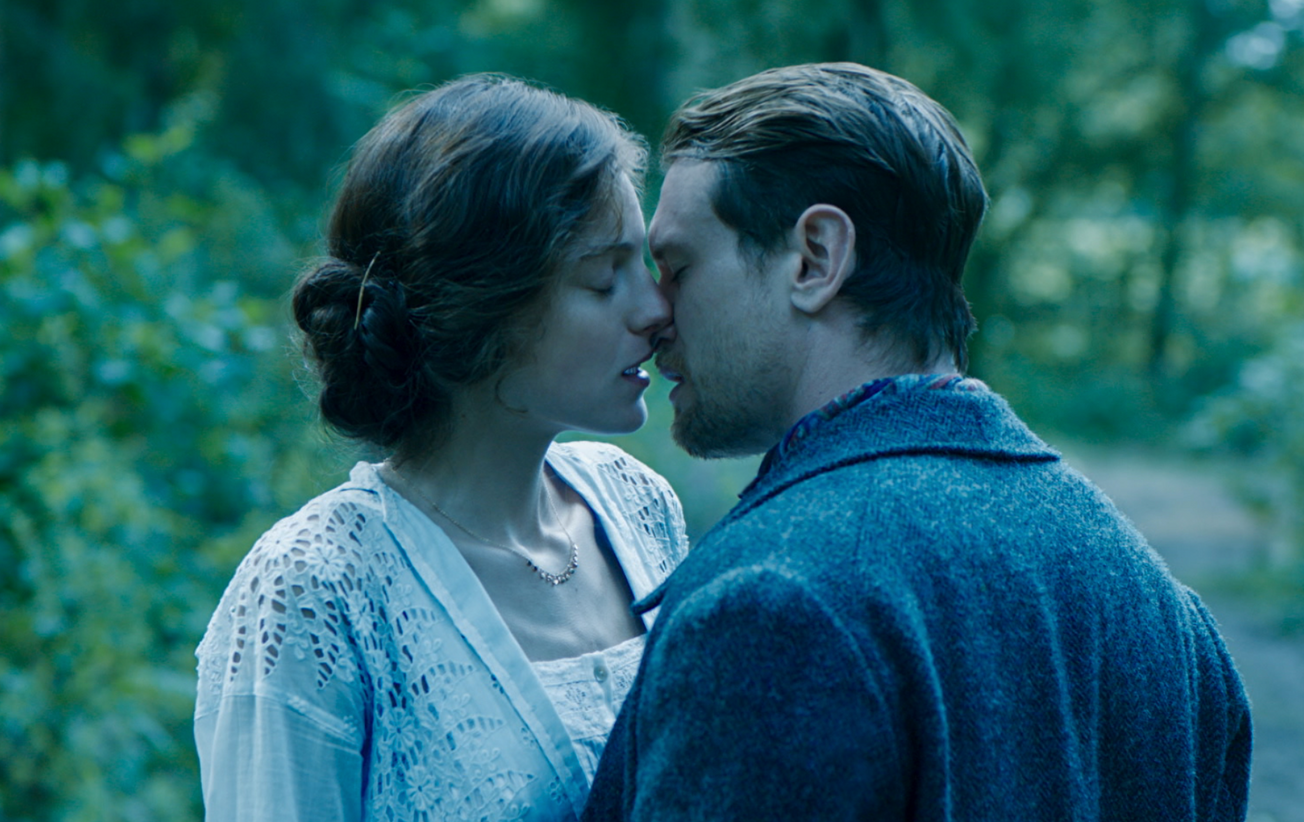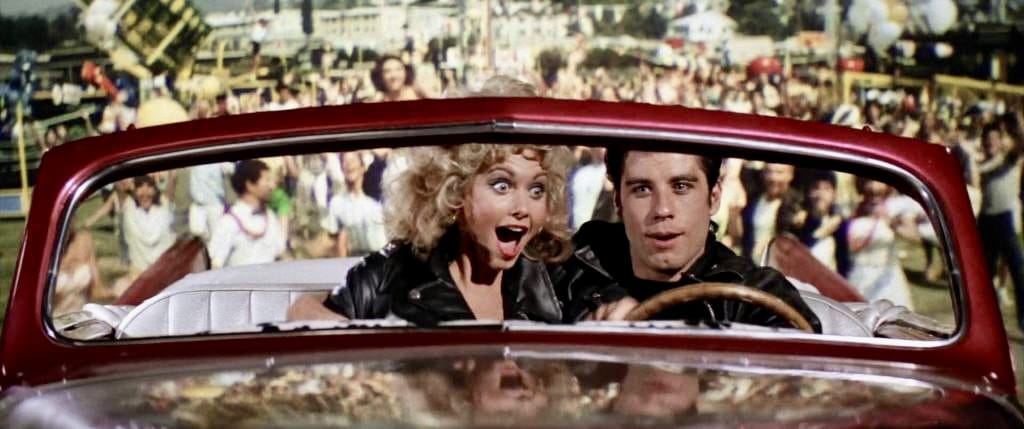By Milan Perera, Arts Critic Columnist
D.H. Lawrence was a writer with a mission. This self-imposed mission was nothing less than the complete emancipation of humanity which he felt suffering under the yoke of arbitrarily defined morals, delusions, doubts, greed and hatred. The historically maligned Magnum Opus of Lawrence, Lady Chatterley’s Lover was the subject of a lawsuit in 1960 under the obscenity laws. Even after the once-in-a-lifetime ruling that exonerated Lawrence and his opus, he is still condemned as a cultural pariah who wrote immoral and obscene books. Although there have been myriad television and film adaptations, including the iconic Ken Russell (1993) production, more often than not these adaptations fail to capture the intricate socio-political commentary of Lawrence but reduce it into a Mills and Boon bonk-fest.
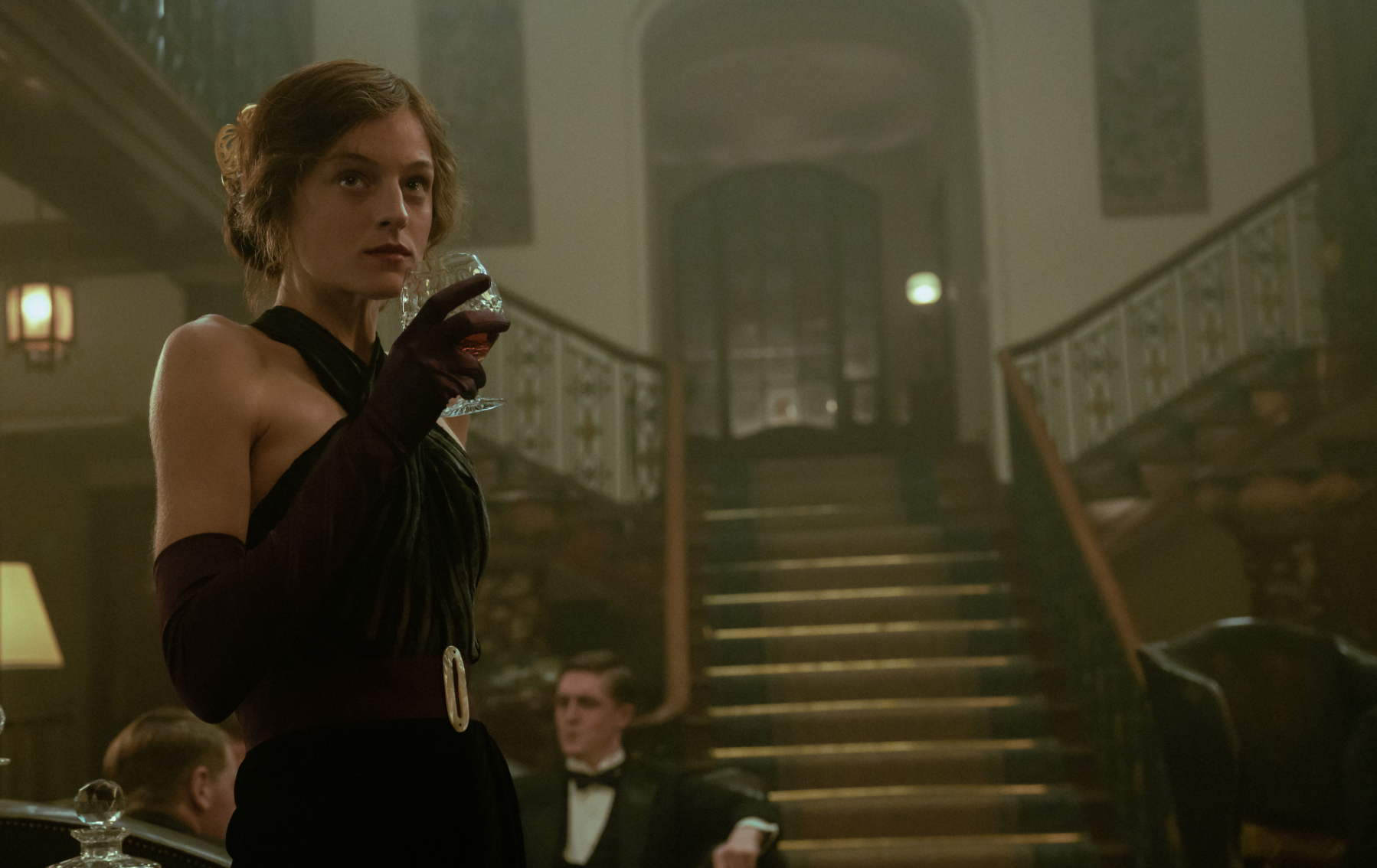
Lawrence finds an ally and fellow traveller in Laure de Clermont-Tonnerre who excelled in salvaging the kernel of probably one of the most controversial works of literature. The Netflix film adaptation features the talents of Emma Corrin and Jack O’Connell in the titular roles while the female lead of the Ken Russell adaptation nearly 30 years ago, Joely Richardson returns as the matronly Mrs Bolton.
The story begins when two scions of the landed gentry (Clifford and Connie) join in matrimony for reasons less to do with love and affection but more to do with forming an alliance among the bourgeoise upper crust. The Chatterleys seemed to be enjoying the connubial felicity until WWI breaks out in Europe which required the service of all able young men both well-heeled and less-privileged.
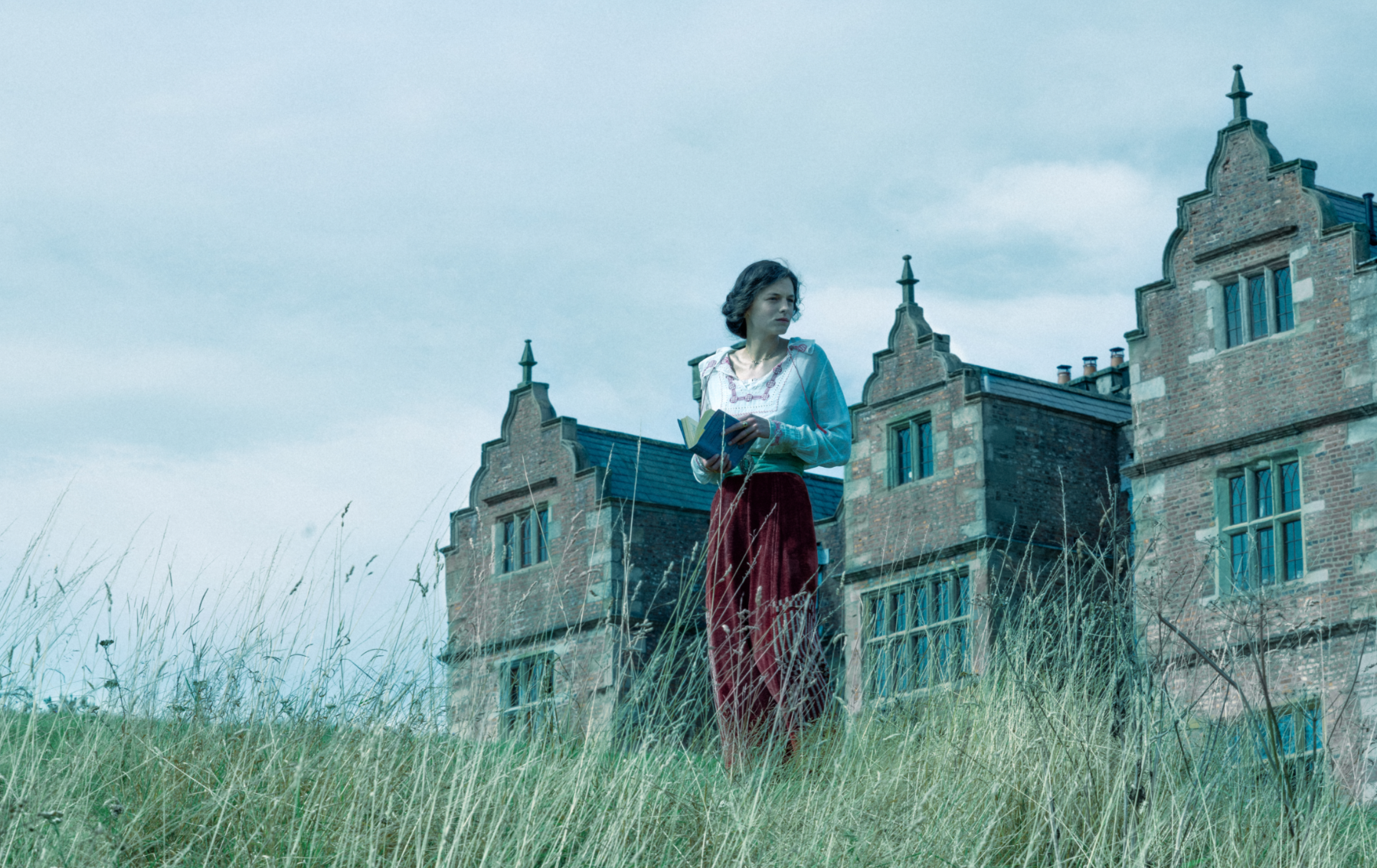
Clifford Chatterley (Matthew Duckett) returns to the inherited stately home of Wragby Hall from the Great War after being scarred both mentally and physically. As a result of being paralysed waist down, he requires constant caring and attention that negated the marital intimacy completely. One day, Clifford Chatterley observes the vast expanse of his estate, which made him more determined to maintain order for years to come. Without an heir this is impossible.
Clifford callously advises Connie (Emma Corrin) to seek the company of other men in order to produce an heir who would one day inherit the Wragby Hall and the estate. Clifford likens the utilitarian encounter to “visiting a dentist”: not pleasant but important. Clifford doesn’t specify the credentials of the father of the child. Here unravels a tale of sexual awakening, class snobbery, the hypocrisy of the so-called Enlightened and the redeeming qualities of love.
When Connie was running some errands for Clifford, her eyes meet that of the gamekeeper, Oliver Mellor (Jack O’Connell) who lives in a stone cottage on the Chatterley’s estate. Connie seems to be genuinely interested in Mellor despite the class divide. The visits of polite conversation soon turn into secret assignations. To carry on day after day at the Wragby Hall, the amorous escapades with Mellor become essential for Connie. It wasn’t just the sex but the emotional intelligence Mellor seems to possess in spades. Connie discovers she is pregnant. Although Clifford has explicitly given his blessing for Connie to go out with other men in order to pregnant he recoils in horror and seething anger when he realises it was the gamekeeper who is after all a wage labourer of Clifford.
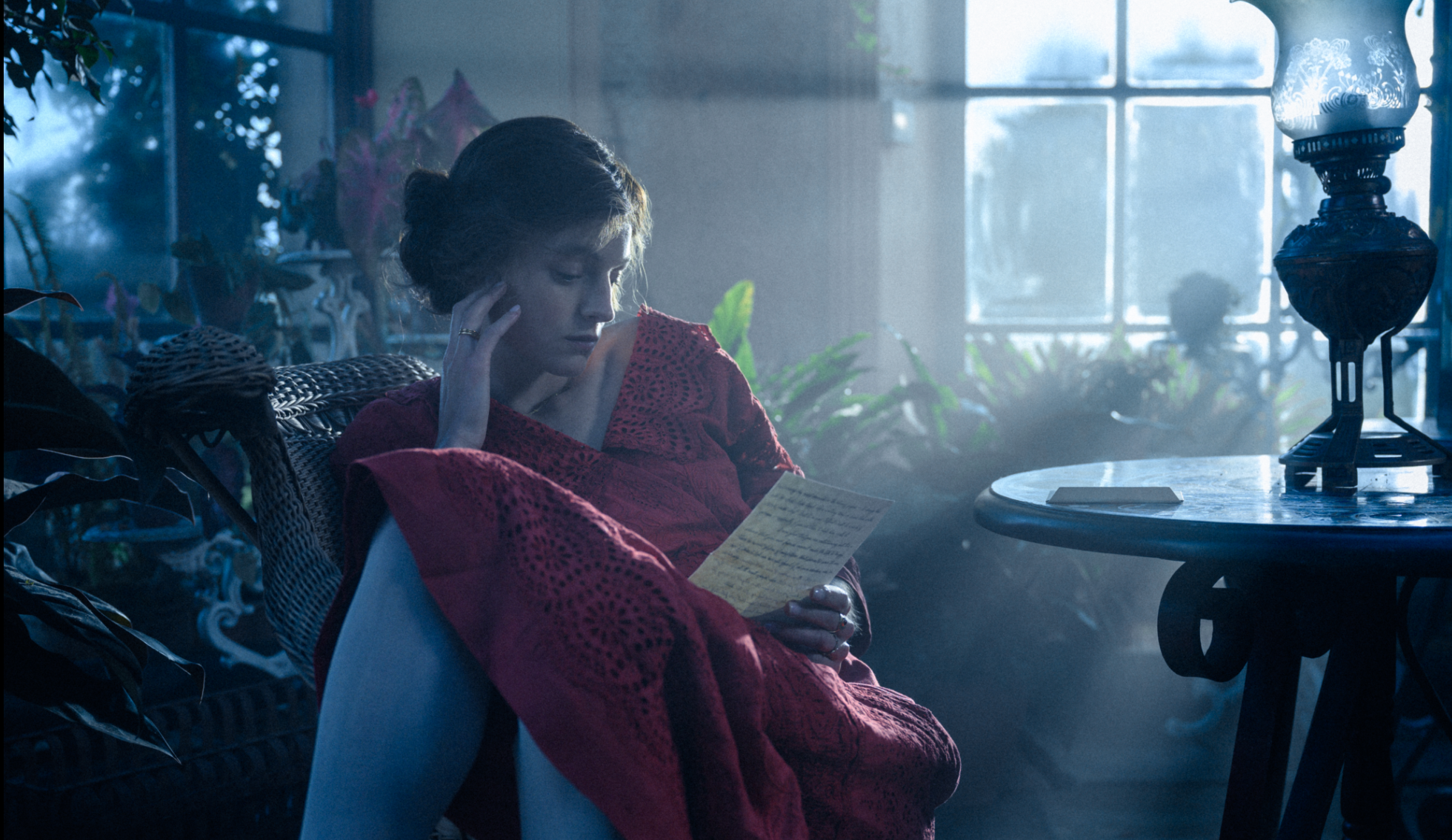
The French director, Laure de Clermont-Tonnerre deftly captures the original essence of the opus although she seems to have missed a golden opportunity to provide an essentially social context which was important for the conception of the work. The WWI decimated English countryside. And the inhumane working conditions of the coal mines owned by the gentry reduced men to commodities to be used and discarded as they wished. This simmering resentment had been the backdrop to Lawrence’s novel, not the libertarianism of the 1960s which became synonymous with the ruling of the obscenity trial.
Despite this Laure de Clermont-Tonnerre excels in capturing the relationship between Connie and Oliver with empathy and nuance. The question of “male gaze” and voyeurism never enters the discourse as de Clermont-Tonnerre skilfully crafts each intimate scene as a tableau.
The cinematography of Benoit Delhomme responds to de Clermont-Tonnerre’s vision with aplomb where he drowns the intimate scenes of Corrin and O’Connell with a warm, light blue tint that creates a hazy, ethereal ambience augmented with the hypnotic score of Isabella Summers.
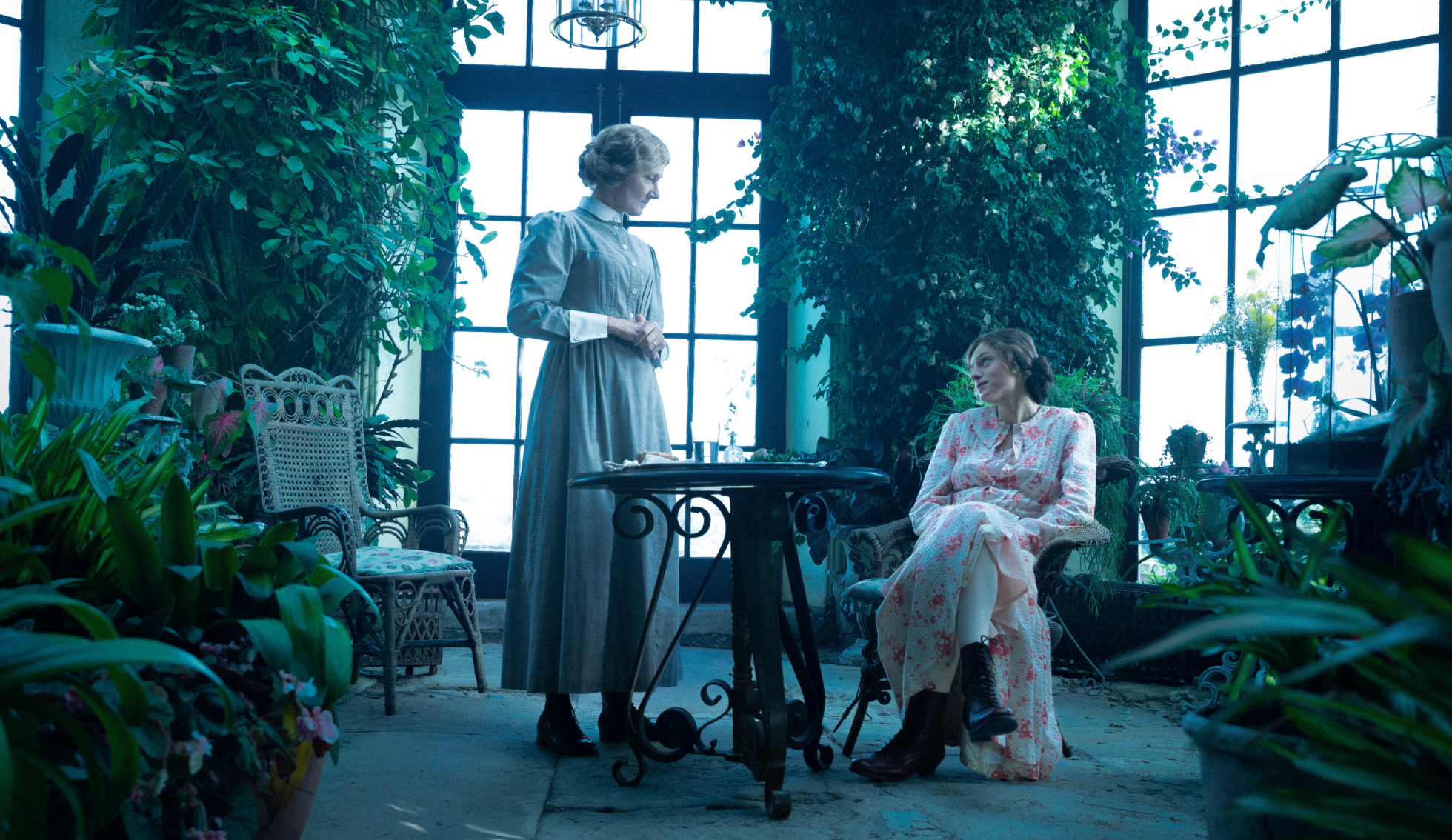
For Lawrence erotic love is both an escape and a remedy to the mundane existence. It is a brief encounter where our lives are temporarily irradiated by the physical and mental cherishing of one another that fills our hearts with a sense of liberation. According to Lawrence erotic love/sex is a shrine where we cast aside our façades and seek purification and then sanctification.
Of all previous adaptations of Lady Chatterley’s Lover, none would come closer to this adaptation as it highlighted Lawrence’s artistic credo.
Laure de Clermont-Tonnerre also managed to distil the scorn Lawrence reserved for quasi-Socialists (as in Connie’s sister Hilda) who would pontificate about the breakdown of the class barrier but privately hold the working class with a thinly veiled contempt, as if they are inferior to them.
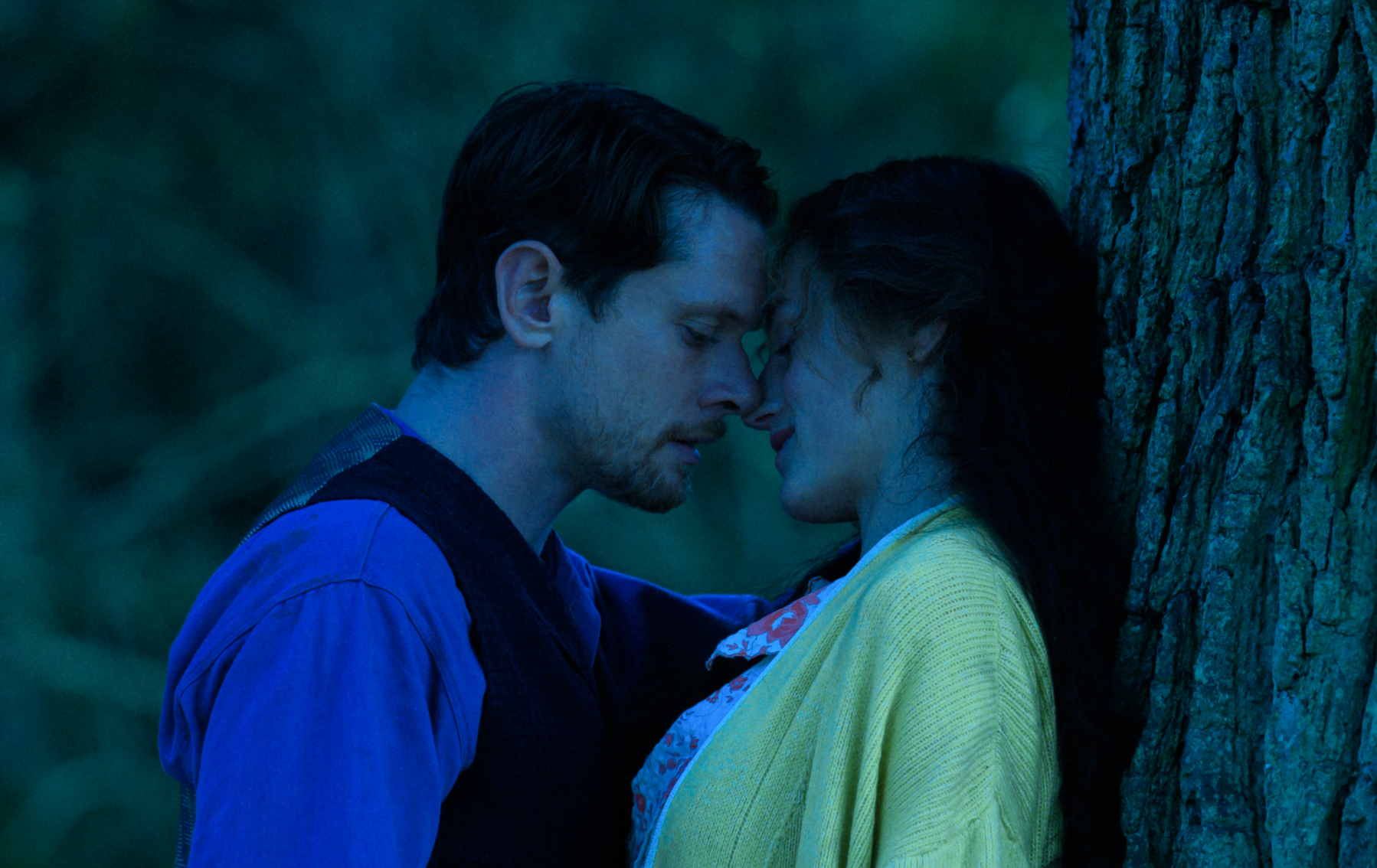
Emma Corrin’s portrayal of Connie has been a revelation as they managed to capture the complex and often contradictory traits of Connie such as defiance, apprehension, tenderness, resentment and magnanimity.
Jack O’Connell executes his assignment as Oliver Mellor with disarming ease as he successfully managed to capture the impish charm, sophistication (after all Mellor reads James Joyce!) and ruggedness.
This adaptation of Lady Chatterley's Lover is a soaring cinematic triumph which finally bestows some belated justice to one of the most talked about works in the history of English literature.
Featured Image: Courtesy of Netflix and IMDB
Do you think this new adaptation lives up to the literary classic?

